At the Forum on Promoting Innovation and Strategic Technology Development , Ms. Mariam J. Sherman, World Bank Country Director for Vietnam, Cambodia and Laos, introduced the '3+1' formula to shape Vietnam's strategy for developing high-tech industries.
According to Ms. Sherman, Vietnam possesses many advantages: a young workforce, a solid economic foundation and a strategic location in the Asian growth corridor. The problem that is lacking is a systematic strategy to turn potential into actual strength.
Three pillars and one key element
The '3+1' formula is based on three pillars: developing and attracting talent; building an innovation ecosystem; and strengthening supply chain linkages. The '3+1' element is a strategic focus on a number of excellent technology clusters, which act as the glue.
With the first pillar, talent is the foundation. “In the semiconductor industry and other high-tech industries, the foundation of success is built on people: highly skilled workers, leading researchers and technology entrepreneurs,” Ms. Sherman emphasized.
She noted that nearly 65% of Vietnam’s top tech talent currently works abroad. Therefore, Vietnam needs to both improve domestic training and create favorable conditions for overseas Vietnamese intellectuals to return.
The second pillar is the innovation ecosystem. Although Vietnam ranked 44th in the Global Innovation Index (GII) 2025 and Ho Chi Minh City is a dynamic hub in Southeast Asia, “higher-value jobs, such as product design, manufacturing, and commercialization of research results, are still in their infancy. Between 2010 and 2020, Vietnam filed fewer than 100 patents with the top five international intellectual property offices, and almost none in the semiconductor sector,” said Ms. Sherman.
However, this is also the room for growth. According to experts, increasing investment in research and development (R&D), especially in laboratory infrastructure and semiconductor design centers, will be the key.
High-tech breakthroughs require laboratories, prototyping and pilot (pre-commercial) production lines, and advanced training centers.
The World Bank calls for the development of national semiconductor design centers, which would house world-class facilities so that universities, researchers and startups can share access to critical resources.
These centers help accelerate innovation and give students and scientists hands-on experience to turn designs into reality.
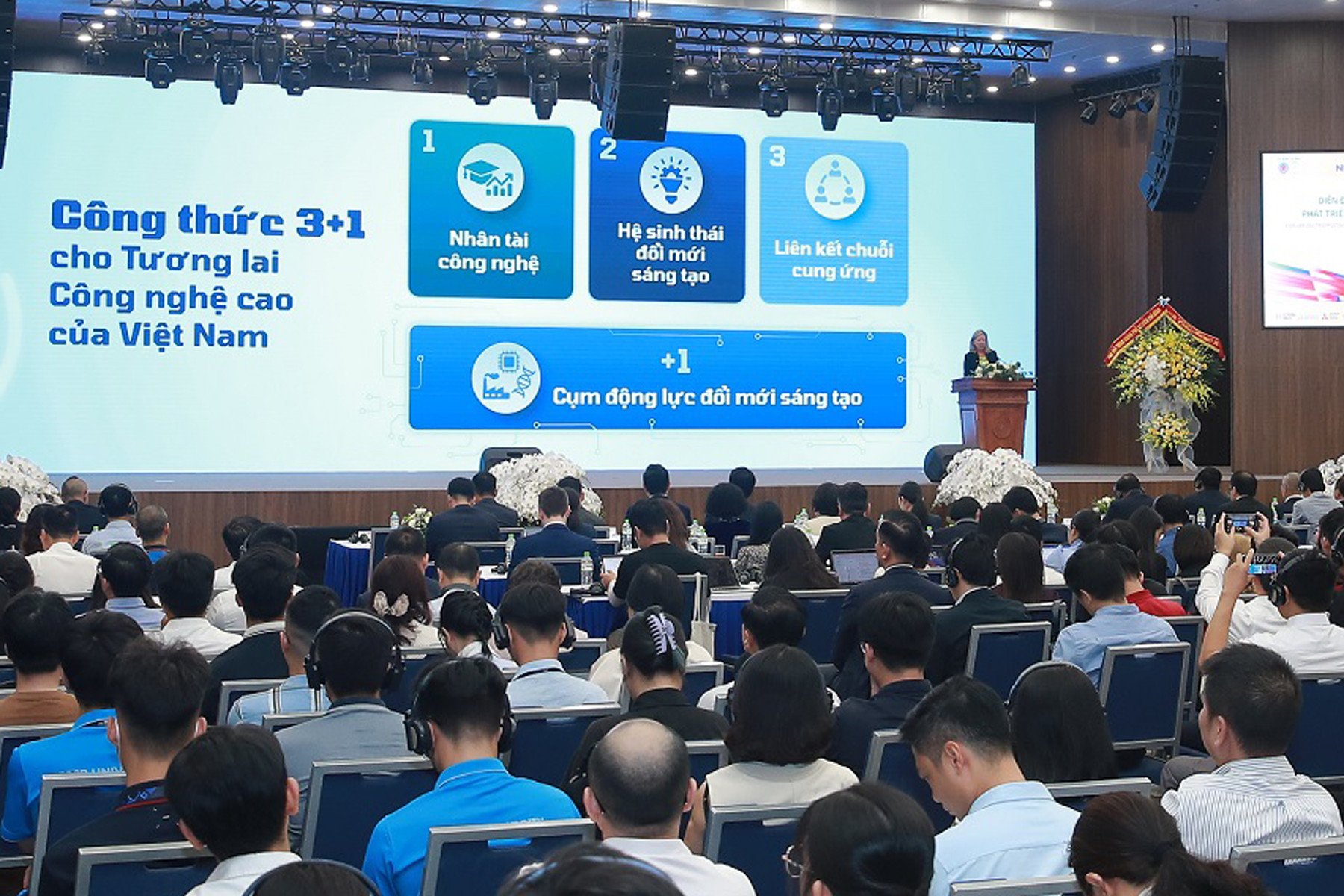
The third pillar focuses on strengthening the link between domestic enterprises and FDI corporations. Lessons from Singapore and Ireland show that, with reciprocal policies and support from the government, small and medium enterprises (SMEs) can become important links in the global value chain. For Vietnam, the electronics, semiconductor, biotechnology and pharmaceutical sectors are considered suitable starting points.
The '3+1' element is to focus on a few selected innovation clusters, such as how China developed the Guangzhou and Shenzhen technology corridors, South Korea has the Daedeok science city or Singapore has Fusionopolis.
According to Ms. Sherman, the Hoa Lac National Innovation Center (NIC) can completely become an advanced manufacturing center in the next 10 years, a place where training, R&D and large-scale production converge.
Such clusters will be 'magnets' to attract talent and ideas, inspiring the young generation of Vietnam to pursue careers in science and technology and inviting talent to return home.
The road needs cooperation
The World Bank affirms that for this model to succeed, it requires the cooperation of the whole country, in which the Government, businesses, universities, research institutes and international partners all play an essential role.
Specifically, the Government sets the vision, creates support policies and provides seed capital; higher education institutions cooperate with businesses to train the workforce and conduct R&D; international partners bring global expertise and financial resources.
“Investing in people is fundamental. It is what drives science and technology and gives businesses confidence that they will have the right talent at every level – from highly skilled technicians and engineers to visionary scientists and leaders,” said Ms. Sherman.
The World Bank is committed to continuing to accompany Vietnam on this journey. The new report on talent and innovation in the semiconductor industry, released at the forum, also aims to provide practical recommendations to support Vietnam in soon realizing its goal of becoming a high-tech hub in the region.
“Vietnam’s development story has always been one of resilience, aspiration and success. The next chapter, the high-tech future that Vietnam is building, is within reach. That future will become a reality when we turn our vision into action, starting today,” Ms. Sherman affirmed.
Source: https://vietnamnet.vn/viet-nam-gan-nhu-khong-co-bang-sang-che-nao-trong-linh-vuc-ban-dan-2448864.html



![[Photo] Solemn opening of the 8th Congress of the Central Public Security Party Committee, term 2025-2030](https://vphoto.vietnam.vn/thumb/1200x675/vietnam/resource/IMAGE/2025/10/4/f3b00fb779f44979809441a4dac5c7df)
![[Photo] General Secretary To Lam attends the 8th Congress of the Central Public Security Party Committee](https://vphoto.vietnam.vn/thumb/1200x675/vietnam/resource/IMAGE/2025/10/4/79fadf490f674dc483794f2d955f6045)



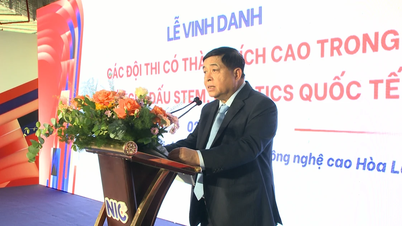



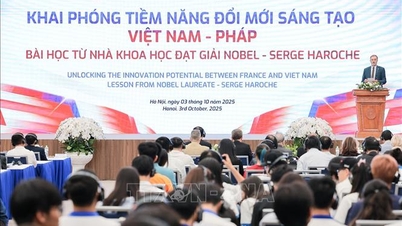

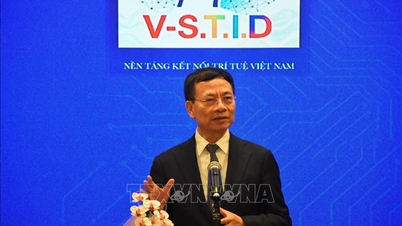
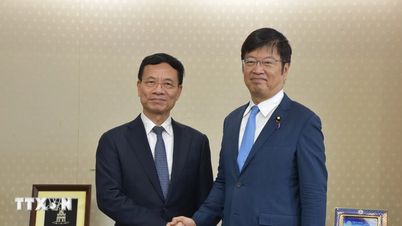

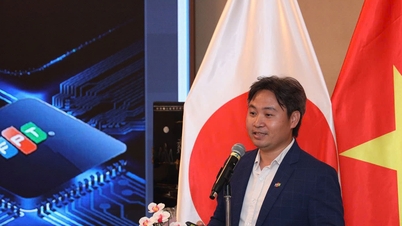


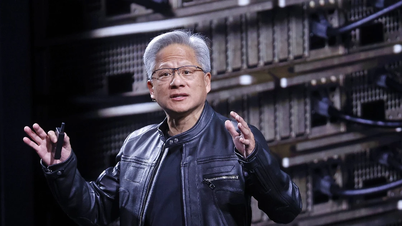
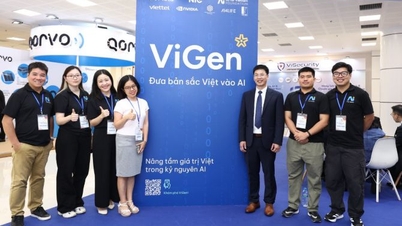

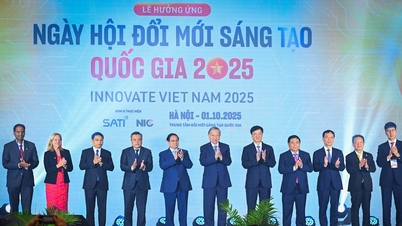












![[Photo] Bustling Mid-Autumn Festival at the Museum of Ethnology](https://vphoto.vietnam.vn/thumb/1200x675/vietnam/resource/IMAGE/2025/10/4/da8d5927734d4ca58e3eced14bc435a3)
![[Infographic] Notable numbers after 3 months of "reorganizing the country"](https://vphoto.vietnam.vn/thumb/1200x675/vietnam/resource/IMAGE/2025/10/4/ce8bb72c722348e09e942d04f0dd9729)












































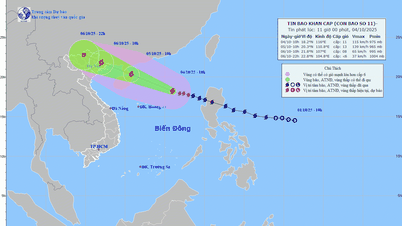

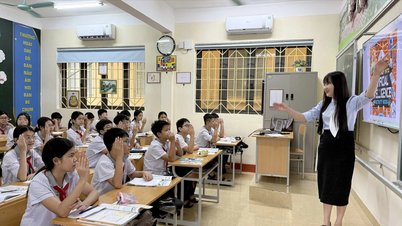

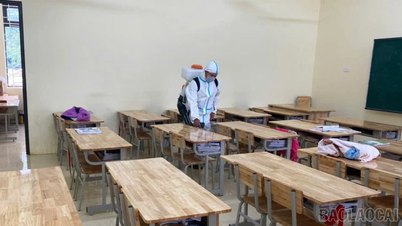



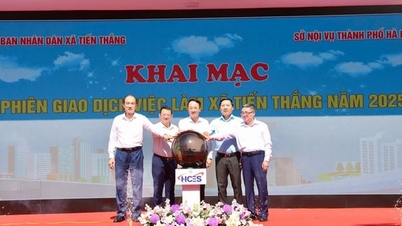






Comment (0)